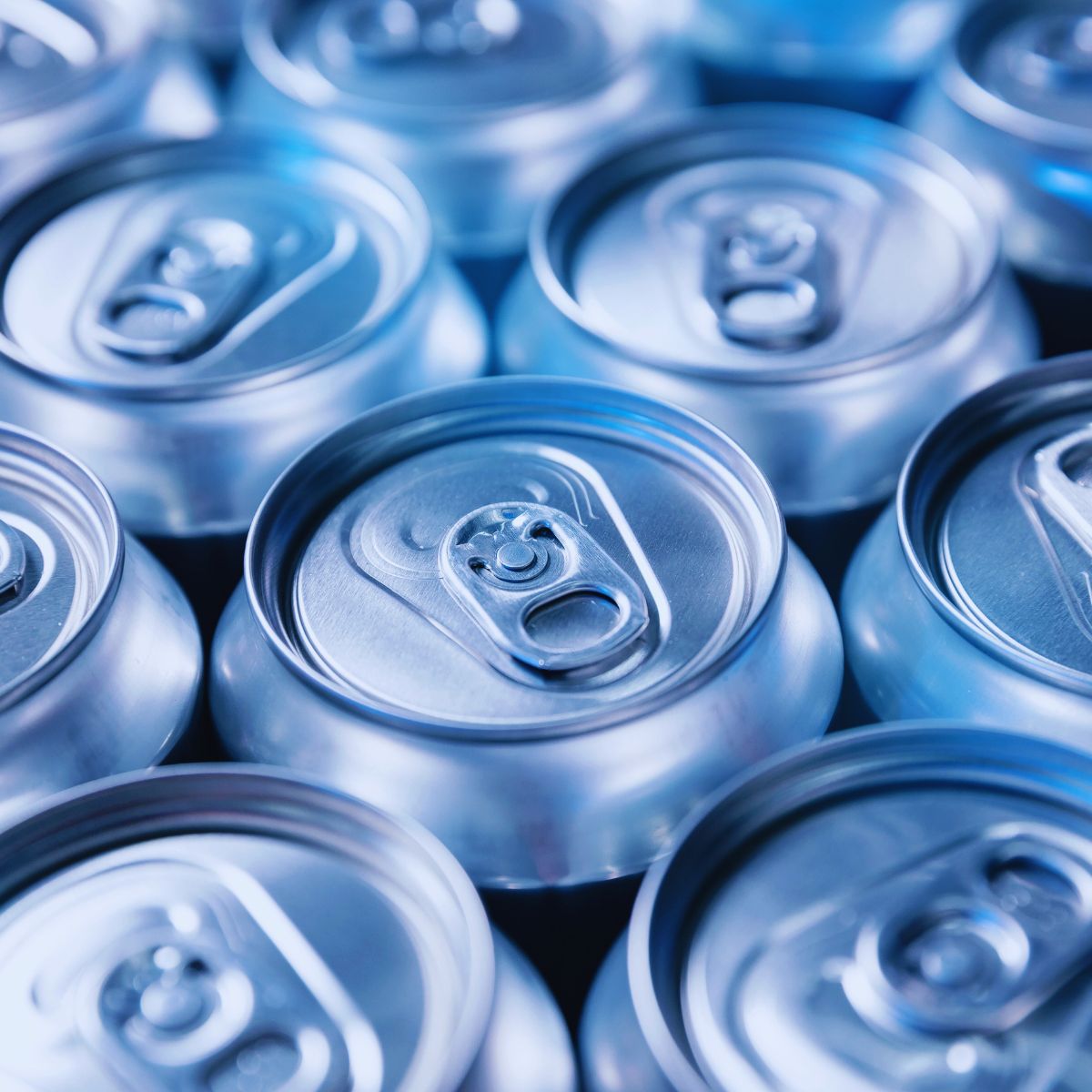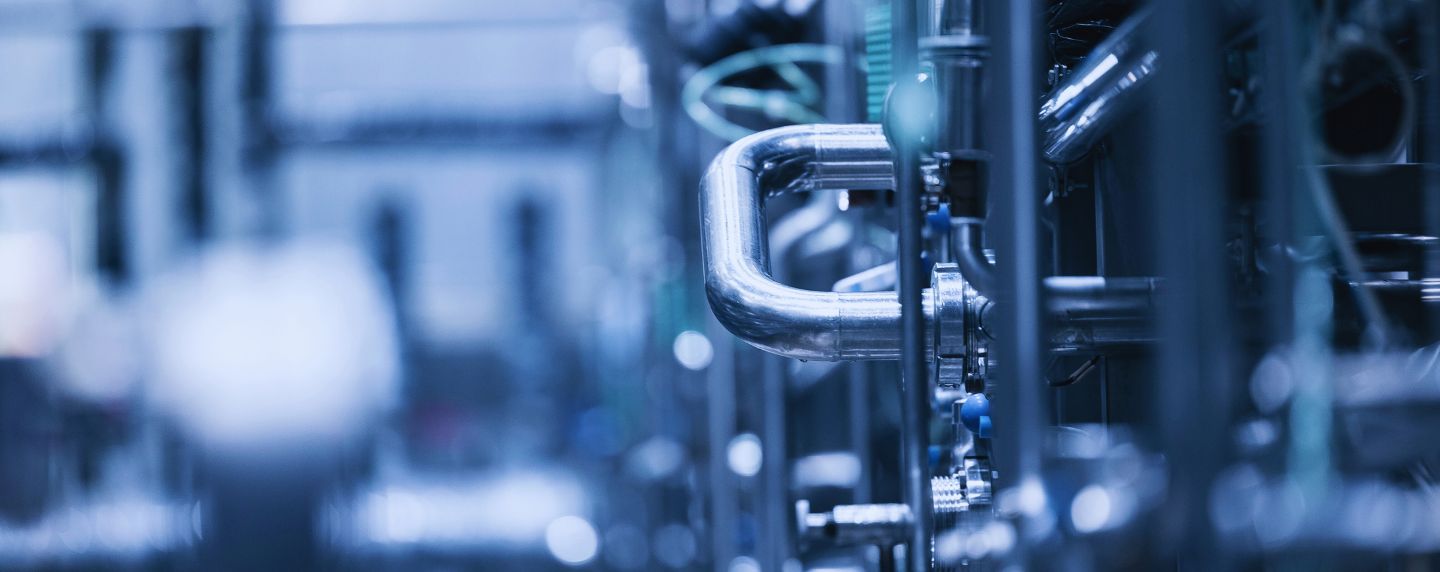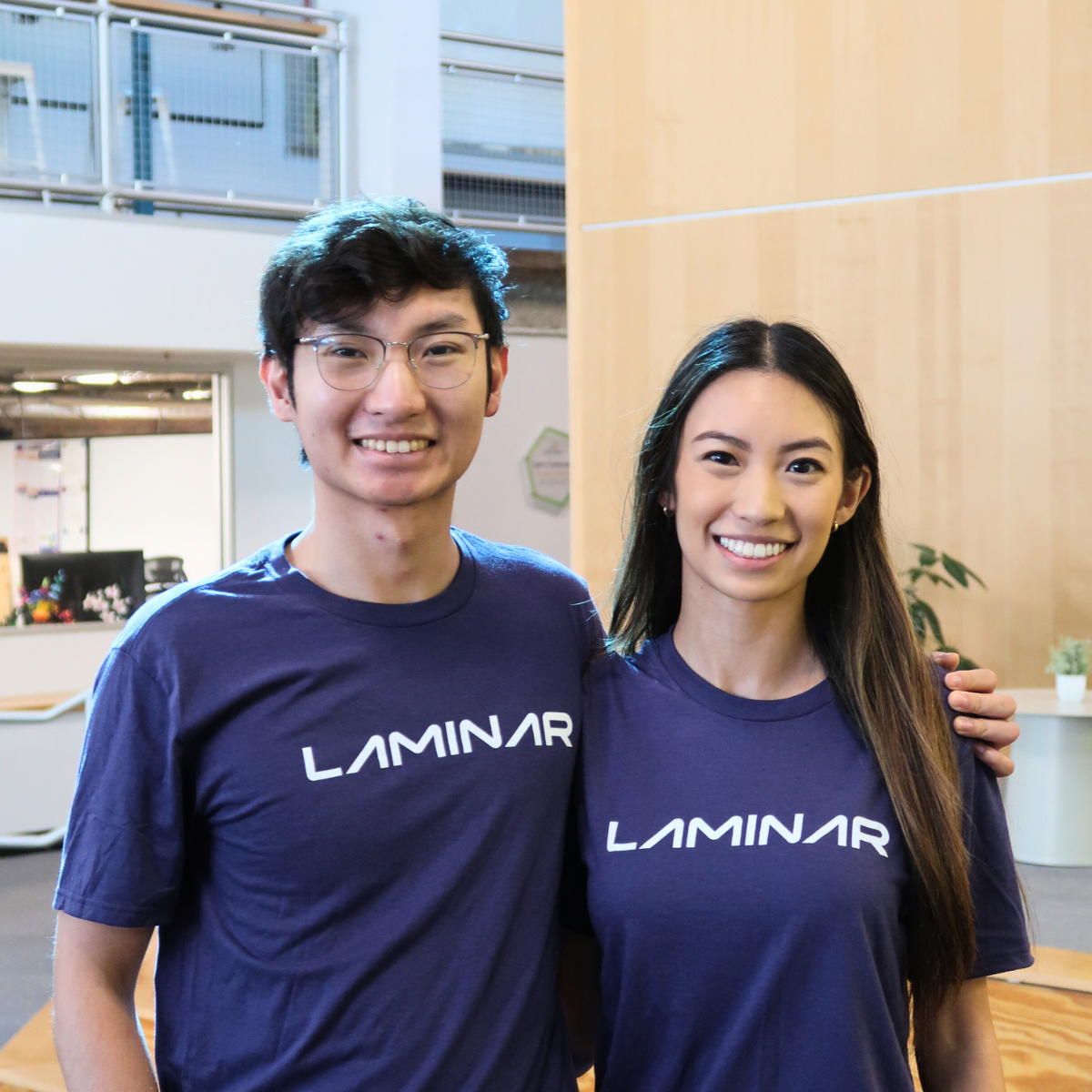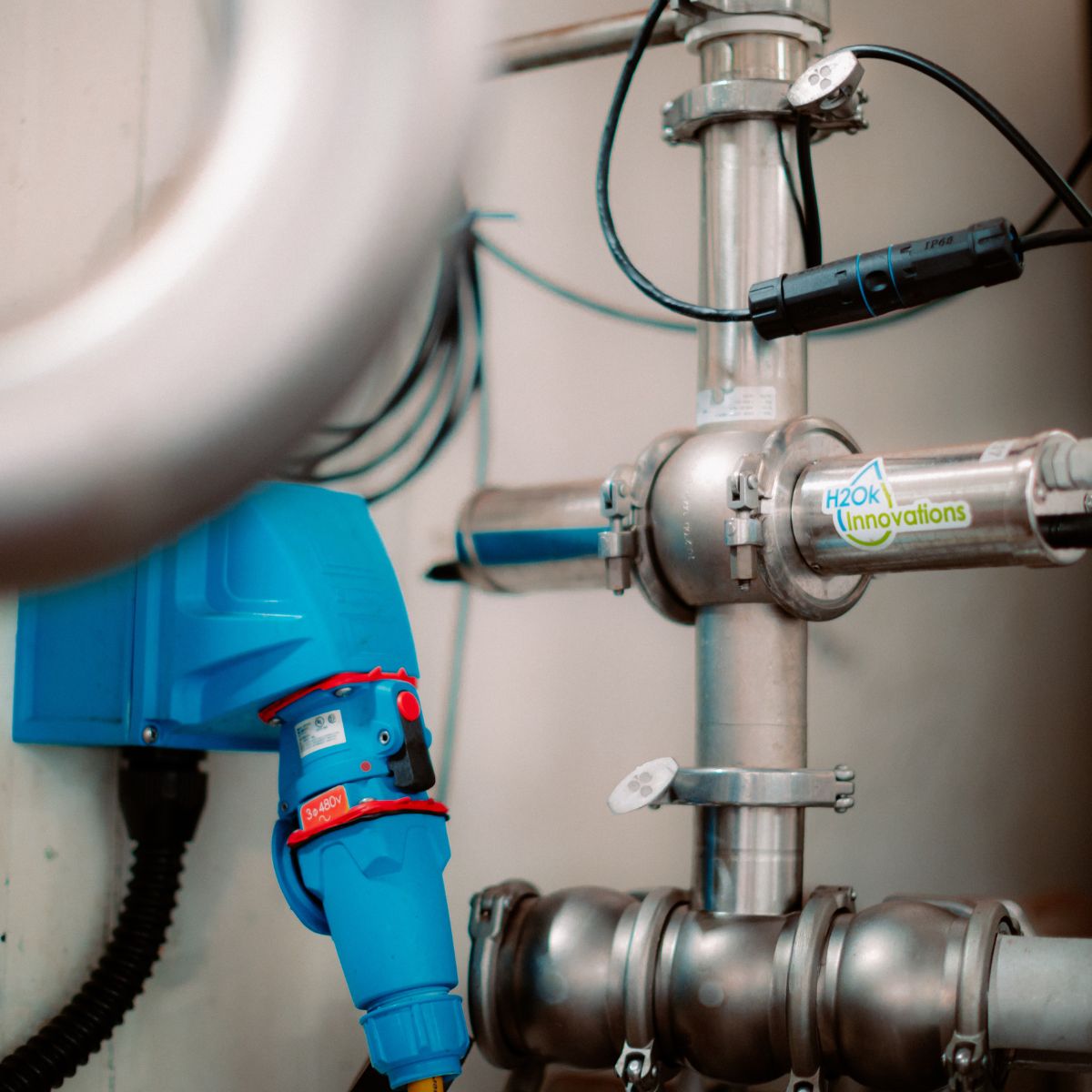
Unlocking Hidden Capacity in Food & Beverage with Smarter Changeovers

.webp)
Product changeovers are one of the most overlooked pain points in food and beverage manufacturing. Every time a line switches from one SKU to another—whether it’s a new flavor, a seasonal campaign, or just a packaging change there is a good chance that some productive time is lost, some good product is flushed, and a chance to run a tighter schedules slips.
And it’s not a once-in-a-while event. For many food and beverage companies, multiple changeovers per shift are the norm. That means hours of lost production every week. It’s no surprise that when I talk with manufacturers, seek more agility and flexibility when it comes to meeting their production goals.
In my experience, a typical changeover in F&B can be run at least 20% faster with enough recovery of product to make a difference in filler productivity.
Why static changeovers don’t work anymore
Traditional changeovers rely on timers and static SOPs: run the rinse for 10 minutes, flush until “safe,” then restart production. These processes were designed for worst-case scenarios. The result?
- Over-rinsing and product loss — good products sent down the drain.
- Excessive water, chemical, and energy use — with no added benefit.
- Schedule creep — each “extra minute” becomes hours of lost runtime by the end of the week.
When production lines ran the same SKU across shifts, these buffers were tolerable. Today, they’re a tax manufacturers can’t afford.
Why dashboards and “AI insights” fall short
I’ve spent my career selling technology into manufacturing. One thing I’ve learned: plants don’t have time for tools that make more asks of them. Dashboards that analyze yesterday’s downtime or analytics that need months of data pipeline setup - may look impressive, but they rarely stick.
The reason is simple. If you’re capacity-constrained, the last thing you want is another tool that requires more attention, more resources, or more IT support. What manufacturers need are self-contained solutions—technologies that behave more like equipment than software.
When you buy a pump, you don’t expect to assemble a team to make it useful. You expect it to plug in and deliver value immediately. A solution for changeover optimization should be the same.
The closed-loop model
So what does a self-contained solution for changeovers look like? It follows the same pattern that works in Clean-in-Place: detect, decide, act.
- Detect product transitions in the pipe
Inline spectroscopy can identify the exact moment when one product has cleared and the next has begun. Each liquid has a unique spectral fingerprint, which makes the transition obvious—no guesswork required. - Decide with science-led confidence
Lightweight ML models, tuned to your line, provide objective, auditable signals. You don’t have to take my word for it; you can validate with the same sampling and lab checks you already use. - Act automatically on the PLC
Once validated, the system cuts over in real time, without waiting for a human to make the call. Operators stay in the loop for exceptions, but most of the routine decisions are handled automatically.
This closed-loop approach doesn’t just make changeovers faster; it makes them predictable and repeatable, even as product portfolios expand.
Why science-led, self-contained, closed-loop systems win
When I think about the technologies that succeed in manufacturing, they all share the same traits:
- Self-contained: Easy to deploy, minimal IT requirements, and fast validation.
- Science-led: Built on trusted, objective methods like spectroscopy that Quality teams already use.
- Closed-loop: Delivering real-time value by acting automatically, not just reporting on problems.
The best compliment a manufacturer can give is that they stop thinking about a technology because it’s just part of the process. That’s the standard we should hold ourselves to in changeover optimization.
What to measure
Most companies default to OEE, but for changeovers, that’s too blunt. The metrics that matter are the ones operators and schedulers feel every day:
- Minutes saved per changeover
- Product recovered (liters or cases)
- Reductions in water, chemical, and energy use
- Avoided rework or off-spec flushes
- Improved schedule attainment
If you can show improvement in those areas, you’re not just delivering insights—you’re giving the factory capacity it didn’t have before.
How to start: a pilot on one line
You don’t need a massive digital transformation project to prove the value. Here’s a simple playbook I recommend:
- Baseline today’s performance. Track changeover durations, losses, and resource use.
- Instrument key transitions. Install inline spectroscopy where product cutovers occur.
- Validate with your lab. Compare inline signals to standard sampling until Quality is confident.
- Enable guarded automation. Allow the system to trigger cutovers within defined safety margins.
- Expand by SKU family. Once proven, scale across similar products and lines.
Most plants can show measurable impact within weeks—not years.
The results that matter
When plants adopt closed-loop changeover optimization, the outcomes are consistent:
- Hidden capacity unlocked: Hours of new runtime each week, without new CapEx.
- Waste reduced: Less product lost, lower utility bills, and progress toward sustainability goals.
- Operations simplified: Fewer surprises, less firefighting, and happier operators.
- Resilience under SKU pressure: Flexibility to run smaller, more frequent batches without sacrificing efficiency.
Final thought
“Don’t settle for dashboards when what you need are decisions.” Product changeovers are one of the most direct levers we have to unlock hidden capacity. By moving from static, manual routines to closed-loop, science-led optimization, we can give time back to plants (20% is a reasonable baseline for each changeover), reduce waste, and make schedules predictable again.
That’s not a buzzword or a future promise—it’s practical, proven, and ready today.
Ready to calculate the minutes you can recover per line? Get in touch with our team.
Related Blog Posts

From Static CIP to Closed-Loop Optimization: How F&B Plants Get More Agile Instantly




.svg)

